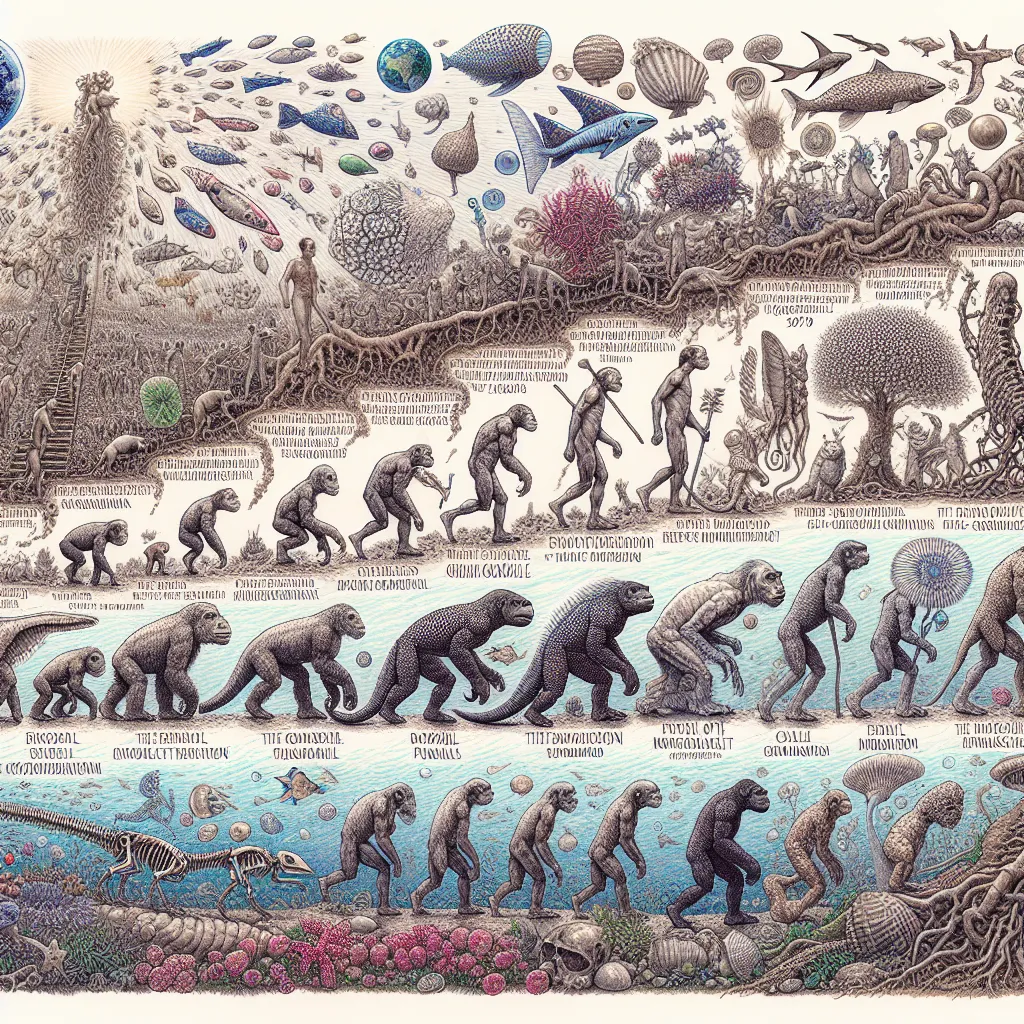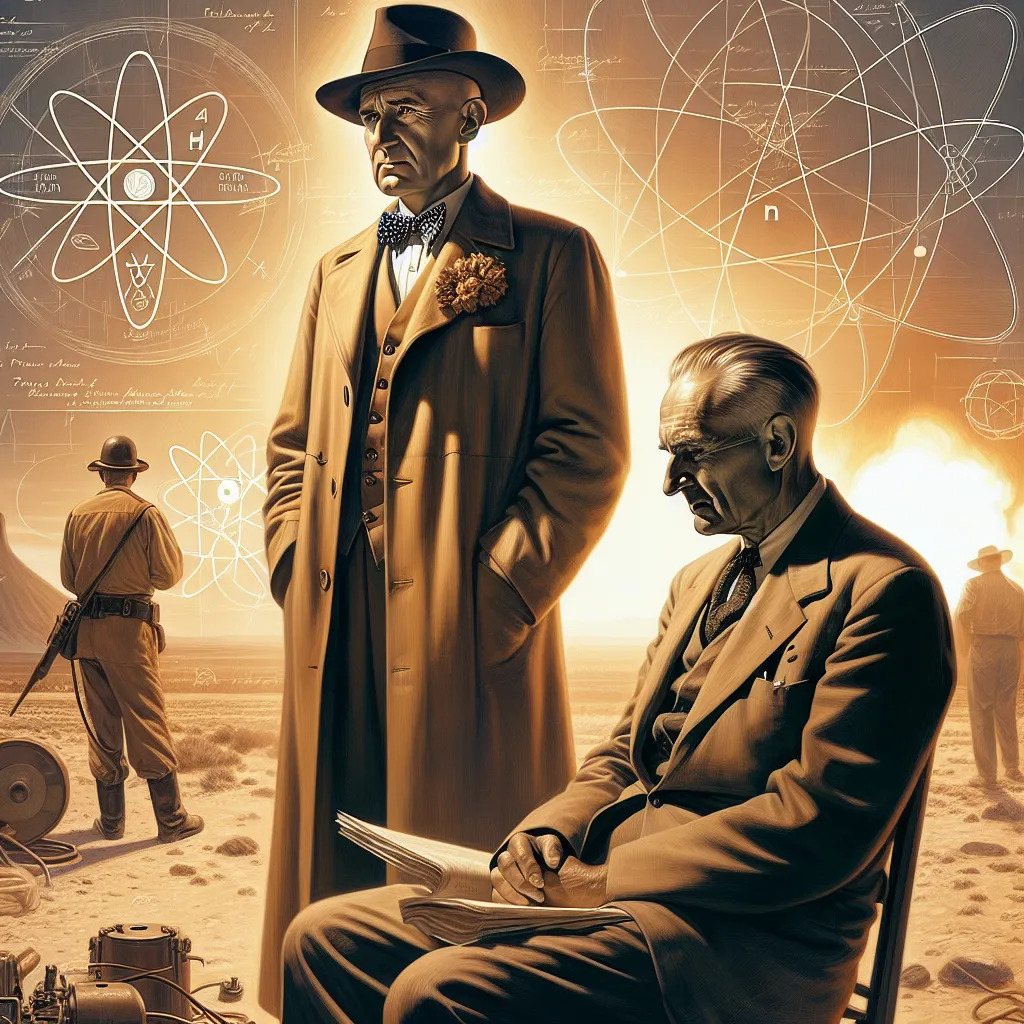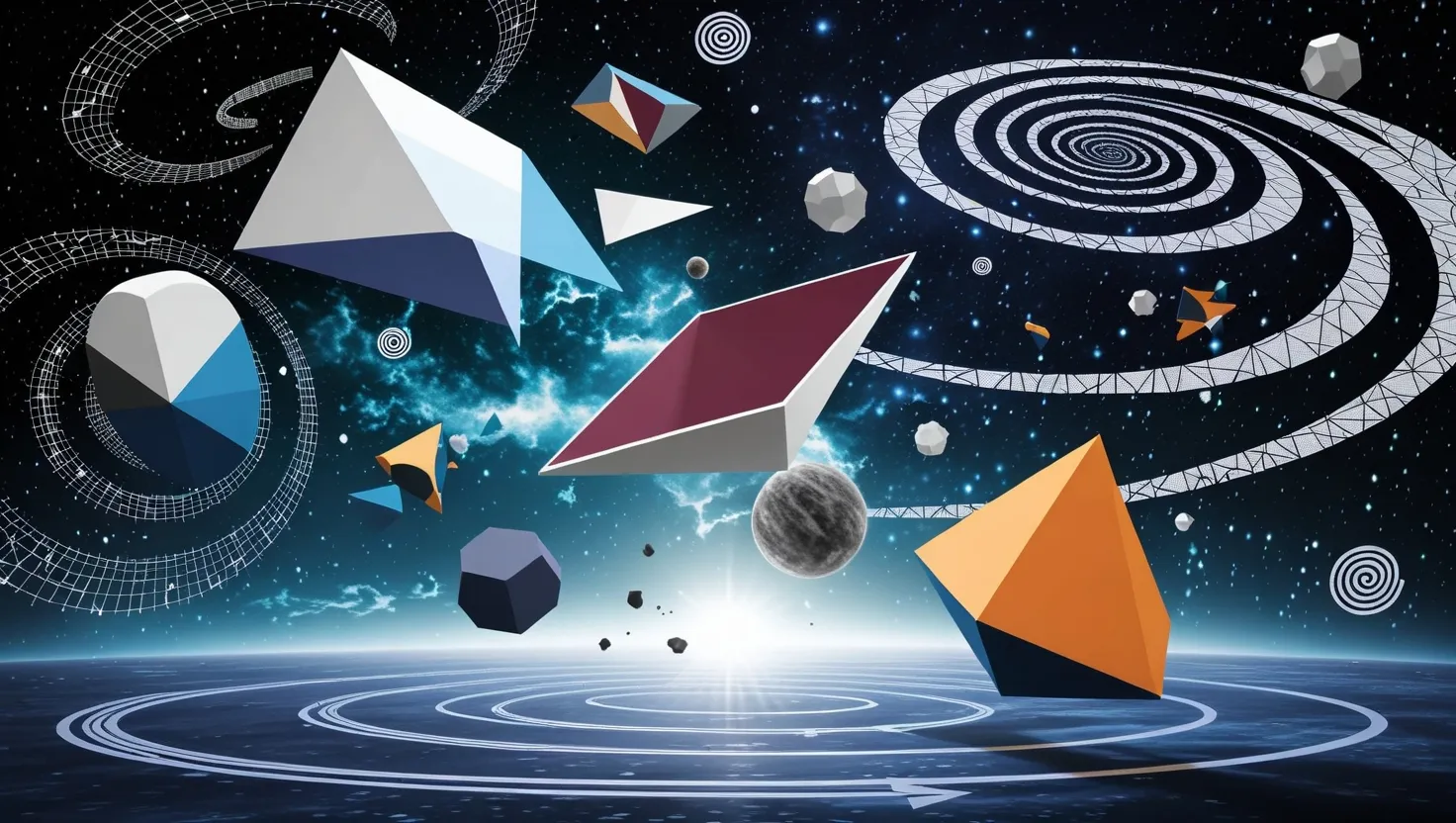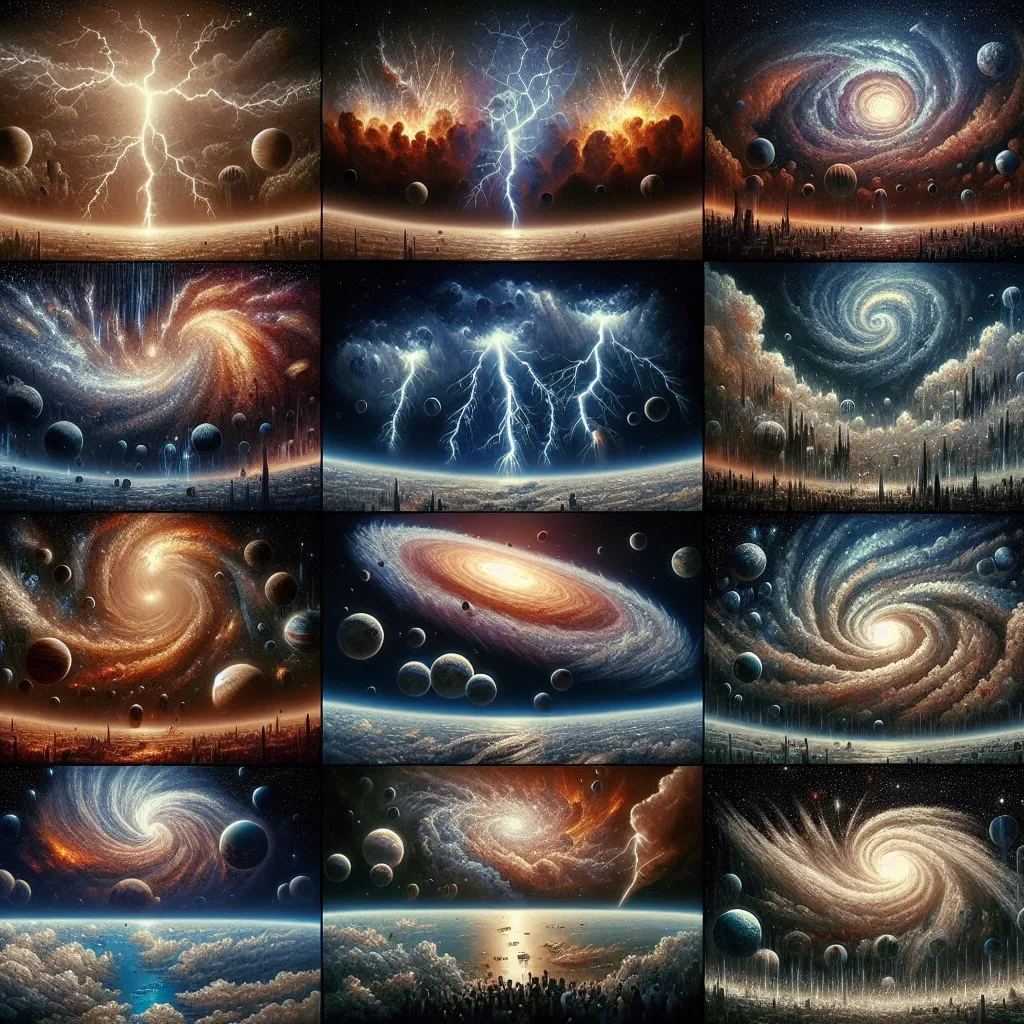The story of how humans came to be is nothing short of a miracle. We’re the most intricate creatures on this blue planet—big-brained, bipedal beings who rose from Earth’s raw materials to dominate and shape its future. Reverse the clock about four billion years, and you’ll encounter an evolutionary saga filled with twists and turns, disasters, and near-extinction events, stretching from simple rodent-like beings to complex organisms.
Four billion years ago, Earth was a molten, lifeless ball, not too different from what Mars or Venus is today. Somehow, life managed to sprout from this chaos—water arrived via asteroids or comets, lightning triggered chemical reactions, and simple genetic material formed. A fortuitous event shielded fragile genes in a blob of oily material, creating the first cell. This tiny cell cloned itself, essentially kickstarting life as we know it. Fast forward two billion years, single cells evolved complex forms by merging, eventually leading to sex, which spurred diversity.
The tree of life spread its branches, each mutation and divergence creating new species, yet only one path led to us. Life moved from the oceans to land, adapting at every step. About 550 million years ago, our ancestor was a three-inch-long water worm. From these humble beginnings, creatures with primitive light-sensitive cells developed eyes, enabling them to see and survive better.
Some 400 million years ago, life faced monstrous predators. Our ancestors, such as armored fish, had to adapt—developing jaws and teeth to compete better. When stagnant waters threatened their existence, these fish adapted to breathe air, evolving lungs. This marked the beginning of life on land. However, harsh conditions tested these early explorers again and again, aiding only the fittest to survive. They developed thicker skin, claws, and eventually laid protected eggs on land.
Evolution is relentless. About 250 million years ago, a volcanic apocalypse nearly wiped out life, but a resilient few, including our ancestors, survived. After this, the competition for dominance began anew, ushering the age of the dinosaurs. Our shrew-like ancestors hid, adapting to become smaller and nocturnal. Goosebumps and sharp senses reveal this heritage, where heightened awareness was a defense mechanism. A crucial evolution was the neocortex in our brain, the foundation for complex thought and imagination.
The extinction of dinosaurs 66 million years ago, due to a cataclysmic asteroid strike, cleared the stage for mammals who seized the opportunity. Living in forests, eating fruit, and adapting to shifting climates, primates—including our predecessors—emerged. Evolution molded these beings, developing features like longer arms for climbing and eventually our signature thumbs.
Millions of years later, drastic environmental changes in Africa pushed our ancestors to new limits. They left forests for open lands, standing on two legs—an incredibly significant adaptation. This bipedalism freed hands for tools, a pivotal moment in evolution. Homo habilis, meaning “handy man,” marked the start of human tool use. Tools revolutionized survival, enabling early humans to access marrow from bones and paving the way for future innovations.
Over time, natural selection refined our structure. Homo erectus harnessed fire, cooked food, and improved survivability, marking the dawn of extended family and mightier brains. The birth of language, a transformation of our vocal apparatus, allowed communication, cementing our leap toward becoming uniquely human.
Around 200,000 years ago, Homo sapiens emerged, embodying the wisdom and adaptability accumulated over billions of years. We spread across the globe, mastering various environments, and becoming the planet’s dominant species. Our journey, laced with improbable chances, natural selection, and sheer survival, is an extraordinary story of resilience and evolution.
If you trace our lineage back to its origins, you’d find an astounding sequence of events, mutations, and adaptations that brought us here. Each tiny change, one predator, one environmental shift, had the potential to alter history. Our existence is the culmination of an almost impossible set of coincidences, woven together to create the narrative of humankind.






